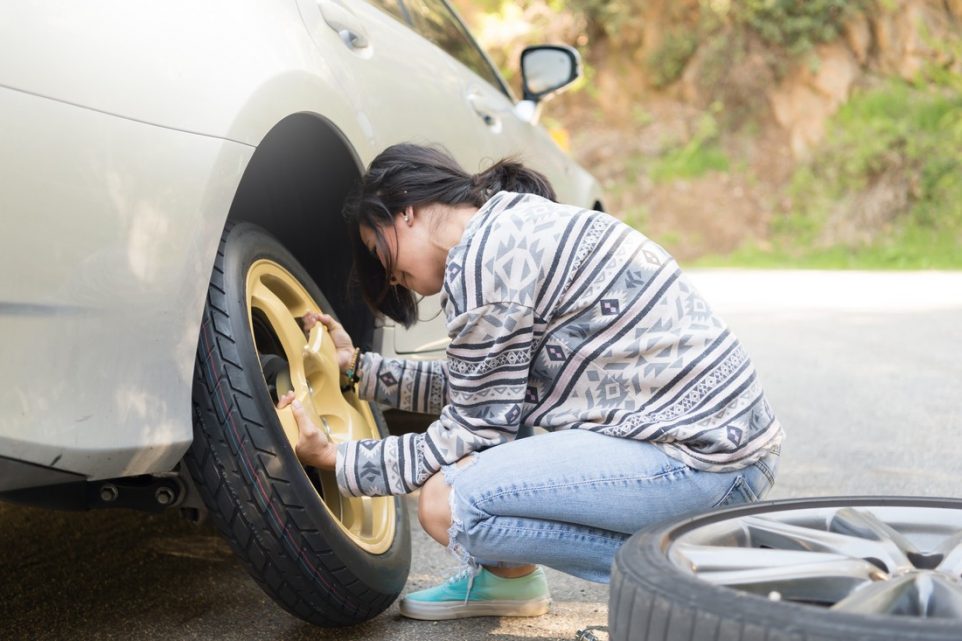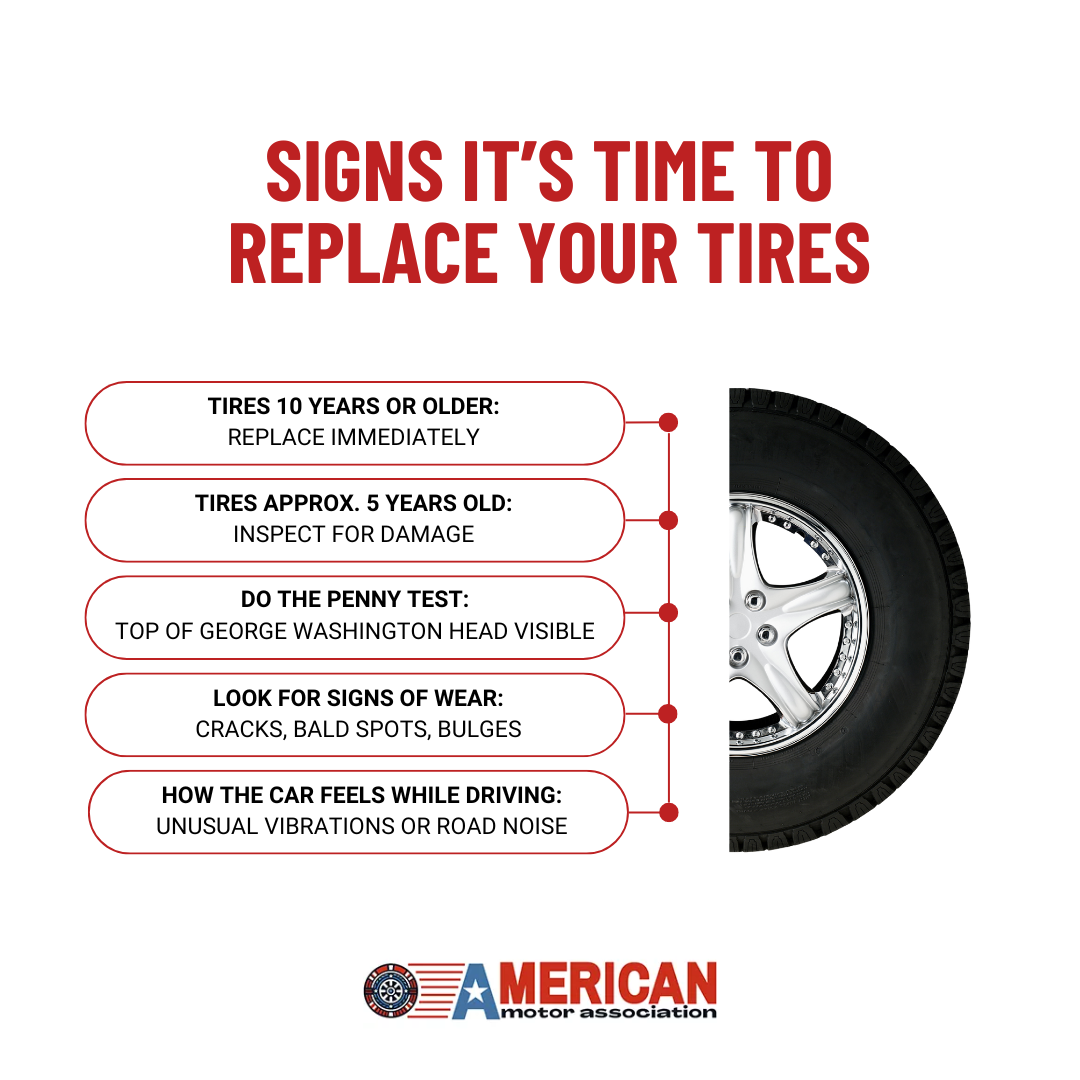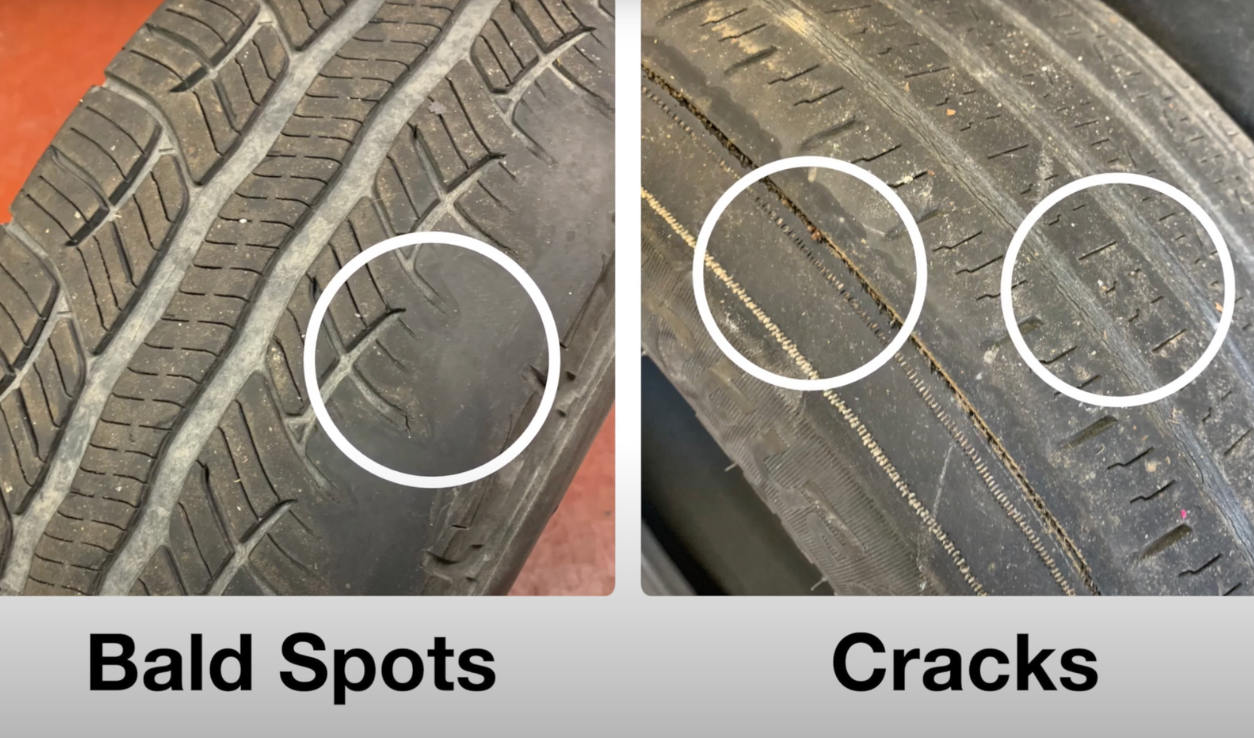How Long Do Tires Last? Here Are Some Signs You Need To Replace Them

When it comes to your car, there’s nothing quite like the feeling of security you get from knowing your tires are in good shape. Tires are the unsung heroes of road safety, providing the crucial link between your vehicle and the pavement. Understanding when it’s time to replace them is key to maintaining that safety and performance.
Let’s dive into some practical knowledge about the lifespan of tires and how you can tell when it’s time for a fresh set.
How Long Do Tires Last?
When it comes to figuring out how long your car tires will last, it’s a bit like asking how long a piece of string is—it really depends. But on average, you can expect your tires to carry you through about 60,000 to 75,000 miles if you’re rolling on passenger car tires. That’s the kind of mileage that fits snugly into the 4 to 5-year window, assuming you’re driving under typical conditions.
But if you’re someone who clocks a ton of miles, you might find you’re hitting that mileage cap way before you’ve reached the 4-year mark. And on the flip side, if you’re more of a weekend warrior with your car, you could hit the year threshold without racking up those miles.

What you’re driving on also makes a huge difference. Like, if you’re tearing up the streets with performance tires, expect them to bow out quicker than your standard fare because they just wear down faster. It’s the trade-off for that sweet, sweet grip and performance.
And let’s not forget about where you’re driving. All-terrain tires on long road trips is a sure fire way to wear down faster because they’re just not made for smooth cruising. They like it rough and rugged, so keep that in mind if you’re looking to keep them around longer.
Maintenance is a huge factor. Keeping your tires in check with regular rotations, alignments, and keeping them properly inflated with a portable inflator isn’t just good for your safety; it also helps those round beauties live up to their mileage promise. To keep them visually looking sharp, regularly refreshing them with some tire cleaner will work wonders. So, give them a little TLC, and they’ll keep rolling smoothly for miles to come.
How To Find Out When My Tire Was Manufactured?

To find out when your tire was manufactured, you can easily check the DOT number stamped on its sidewall. This sequence of characters starts with the letters “DOT” and ends with a four-digit number. These last four digits tell you the week and year your tire was made. For example, if the DOT number ends in 2319, your tire was manufactured in the 23rd week of 2019. This simple check ensures you’re always aware of the age of your tires, helping you make informed decisions about their suitability for continued use.
How To Know When It’s Time To Replace Your Tires
Let’s talk about when it’s really time to start thinking about new tires because let’s be honest, those four patches of rubber are what stand between you and the road, and they need to be in top shape. Let’s break down the three main indicators that it’s time to shop for new tires, ensuring you’re never caught off guard.
Indicator One: Tread Depth
Grab a quarter and insert it upside down into the tire’s tread. If the top of George Washington’s head is visible, it’s a heads-up (pun intended) that your tread depth is no longer what it used to be. This means your tire’s ability to grip the road, especially in wet conditions, is diminished, making driving more of a slippery issue.

Tires generally start losing their performance mojo when they’re worn down to about 4/32 of an inch. To put it in perspective, new tires typically come with about 10/32” to 11/32” of tread depth. When they’re down to 4/32″, the tires don’t just have reduced traction but also longer stopping distances, which can mean the difference between a safe stop and a fender bender.
Automotive journalist Jack Kazmierski says, “The US Department of Transportation recommends replacing tires when they reach 2/30″, and many states legally require you to replace your tires sooner.” But when it comes to winter tires, you shouldn’t wait that long, according to Kazmierski.
Indicator Two: Visible Damage
You also want to keep an eye out for visible signs of wear and tear that could compromise your tire’s integrity and your safety. Check the sidewalls of your tires for any cracks, cuts, or bulges. These can be signs of internal damage or failures that may warrant an immediate tire change. Such issues often stem from hitting potholes or curbs and can lead to dangerous blowouts.

A crack in the sidewall could develop into a full-blown tire failure on the road, while bulges might indicate that the tire’s internal frame is damaged and could fail at any time. Regular inspections can catch these problems early, but the moment you notice any of these signs, consider your tires unfit for the road.
Indicator Three: Vibration and Noise
Lastly, pay attention to unusual vibrations or an increase in road noise. These symptoms can suggest a variety of issues, such as misalignment or imbalance, but they can also indicate that your tires are unevenly worn and need replacement. If balancing and alignment adjustments don’t resolve the vibration, your tires might be the culprit.